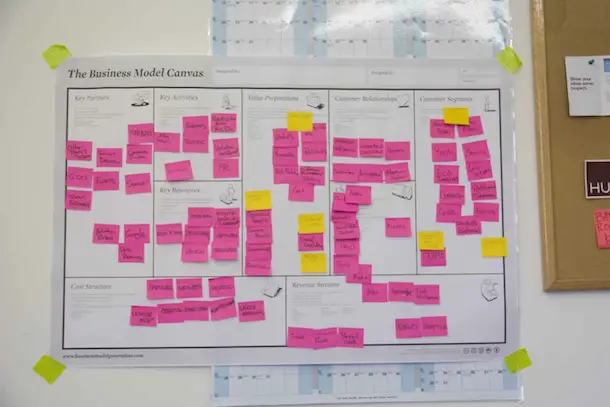Chicago, a diverse and vibrant city located in the mid-western region of the United States, has a rich history of culture and creativity. Though Chicago is home to many artists and it has many influential cultural icons such as the Art Institute of Chicago, Chicago artists often have difficulty making a living wage. Artists, once they reach a certain caliber of recognition or ambition, migrate to more culturally known cities of New York, or L.A., even to international cities like London or Paris. Despite Chicago’s cultural icons, it has a hard time retaining artists, quite possibly because it does not have the same opportunities for artists or does not have the reputation on a global scale of its counterparts.
Most of Chicago’s wealth is concentrated on the north side of the city, which is evident even by assessing the route of Chicago’s public rail line, the “L”, who’s access is highly concentrated towards the north side of the city. While the city is extremely diverse, with almost equal thirds of black, white and Latino populations, the city is notoriously segregated. This segregation leads to a huge disparity of access and even awareness to cultural opportunities, often making it quite difficult for someone living in a south side neighborhood to attend an event on the north side and vice versa, granted they even know about it at all. Arts education in schools and community centers is also affected greatly by this segregation, with intense difference from school to school. Many schools have cut arts programming all together.
The Chicago Cultural Plan
The Chicago Cultural Plan aims to tackle many of these issues, building upon the ideals of the initial Chicago Cultural Plan, which began in 1986, in its grassroots structure and large amount of involvement from the community to make a Plan which does in fact reflect and serve the needs of its citizens. Meetings were held during the winter and spring of 2012 in community centers, art centers, heritage sites, universities, park districts and schools in areas accessible to all Chicagoans, regardless of geography or the pre-existence of cultural resources. After hearing from its citizens through about 30 community meetings throughout the city, the city’s government will then by compile its Plan of action, a living document that will attempt to find practical solutions through the broad augmentation of culture to address the needs expressed by communities across the city. The underlying understanding behind the plan is that by improving cultural capital in the city, it will also improve the local economies and increase a sense of community and wellbeing, thereby decreasing crime, joblessness and many other larger issues facing the city’s residents.

Each meeting outlined and built upon these six initiatives:
- Increase cultural participation by increasing accessibility.
- K-12 arts education.
- Cross-pollinate culture across the city.
- Strengthen the capacity within the cultural sector.
- Ensure vibrant cultural spaces for cultural organizations, groups, artists, and neighborhoods.
- Attract and retain artists through a priority on sustainability.
What does this mean for Chicago?
Despite the optimism of many of Chicagoans, the questions remain on many people’s minds- how will the city actually implement the Plan? Will the Plan directly relate to Chicago’s communities or simply improve the city’s image and put even more money into areas that appeal to tourists and outsiders, without providing improvements to neighborhoods across the city? The answer to these questions is complex and will take ample time to address, though it is evident that there needs to be put in place a structure beyond the top down approach of implementing the Plan directly from the city government.
Community leaders, artists and activists across the city are pushing towards the creation of an intermediary force, or community cultural liaison of sorts, who will connect the initiatives and tools in the Plan with the communities themselves. These liaisons will be working on the ground level in each community to make sure that the Plan is being implemented in a way that is appropriate to each place. Each liaison is proposed to work within one neighborhood or small group of neighborhoods in the city. The broader context for the success, in relation to many other successful plans is not to necessarily bring in outside resources to each neighborhood but to find creative ways to highlight the rich cultural resources already present in each community, through innovative concepts like cultural mapping. This view assumes a broad definition of culture, beyond the arts, to encompass the things that describe the daily lives of people in each place.
Now that the initial community meetings have been held, the city has amassed a pool of data about how the above initiatives can be put into action. The city will be releasing a draft of the Chicago Cultural Plan in early summer of 2012, followed by four ‘ground-truthing’ meetings which aim to get more feedback from Chicago’s people in order to fine-tune the Plan to greater accommodate the needs of the city. The Plan is set for release in the fall of 2012.
Photos: moaksey and anarchosyn


